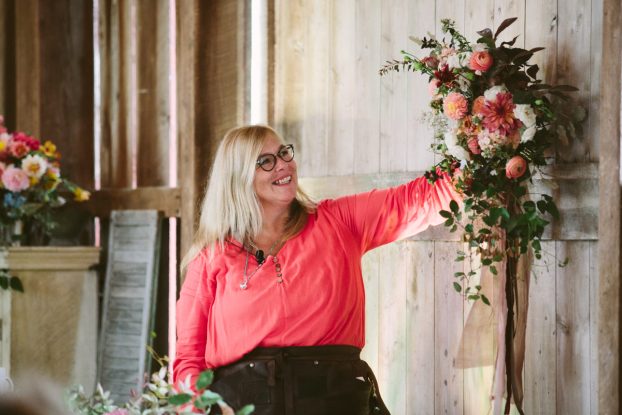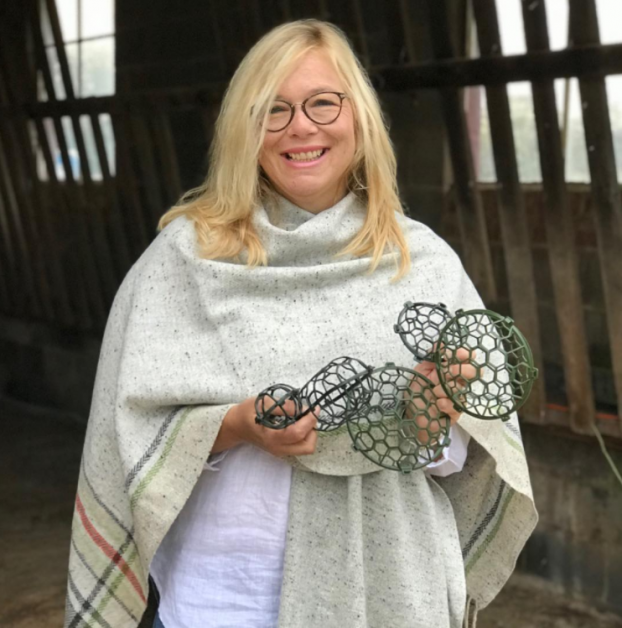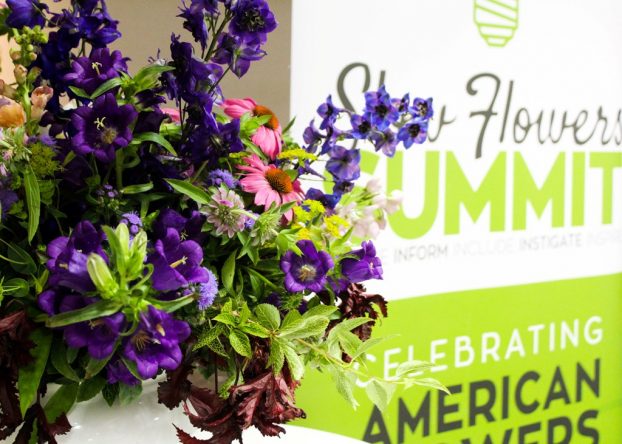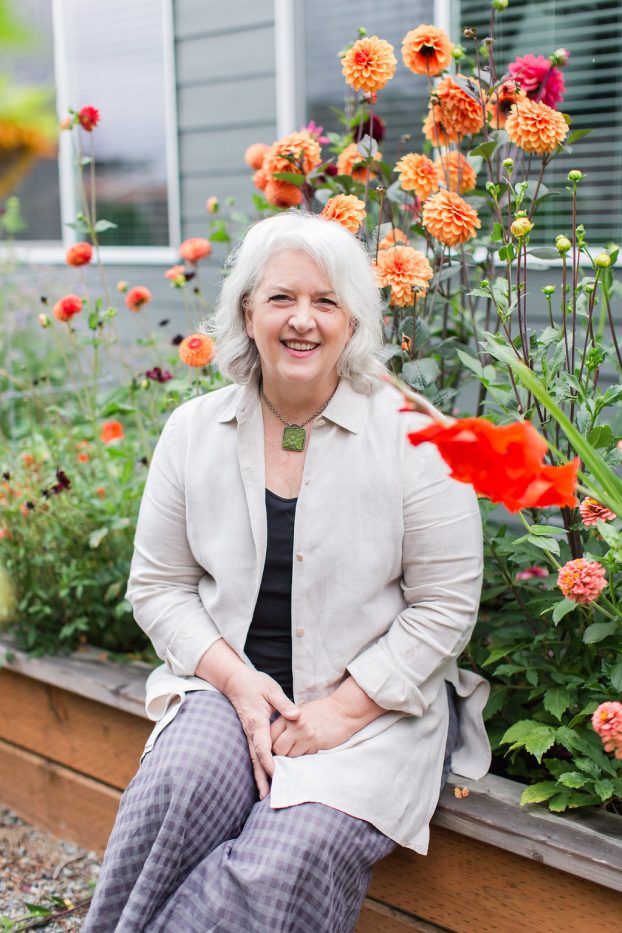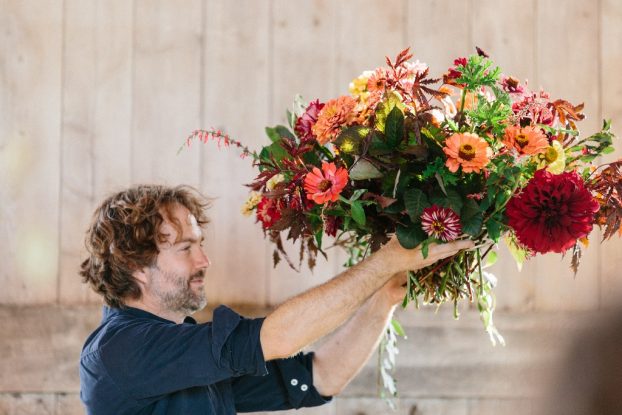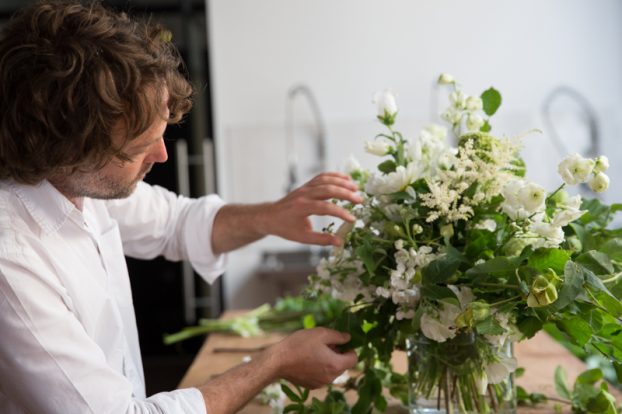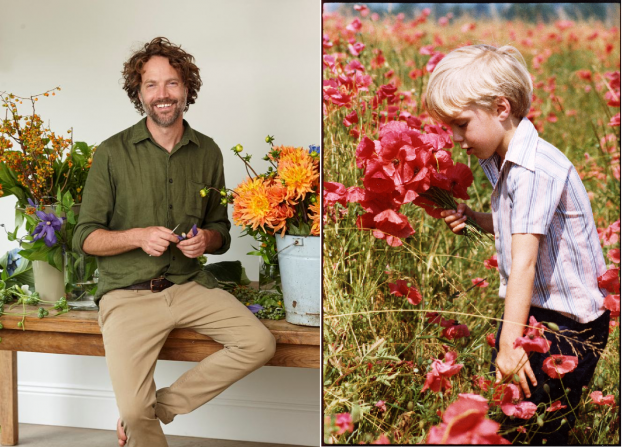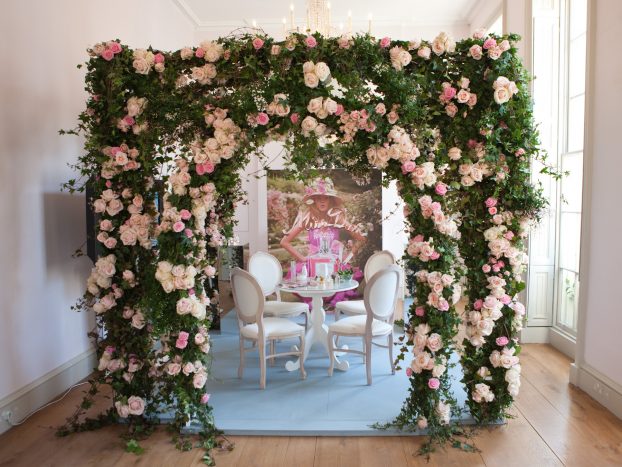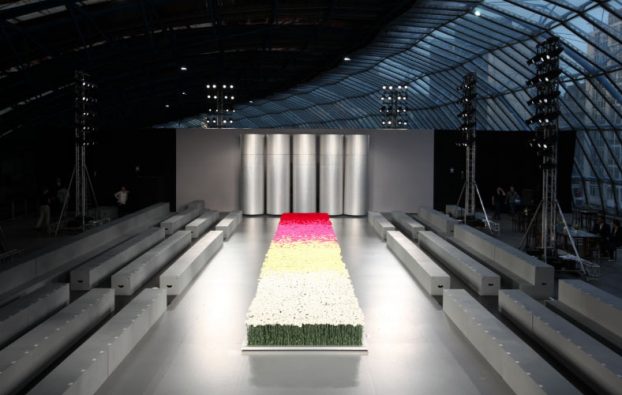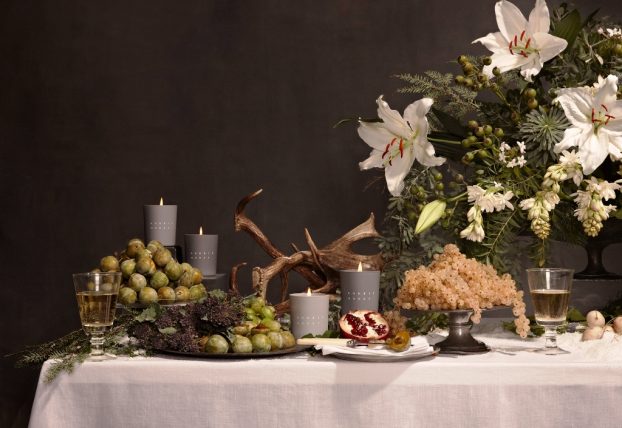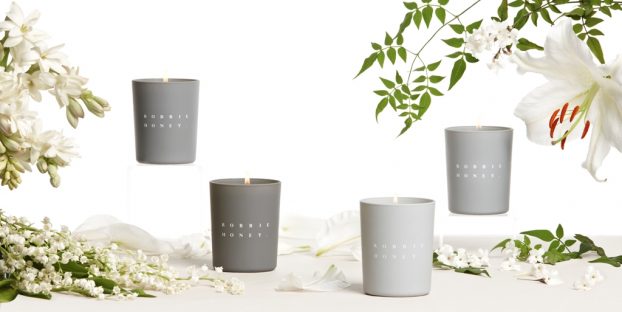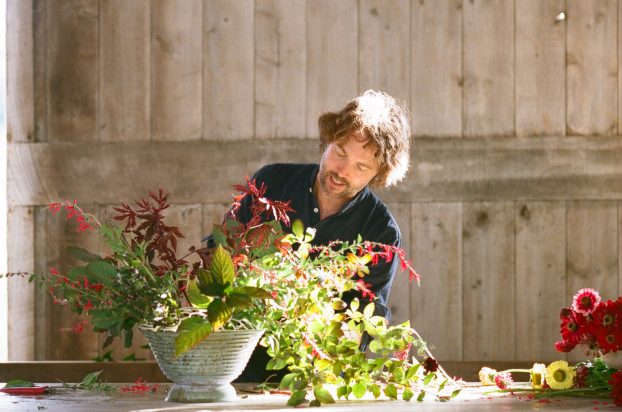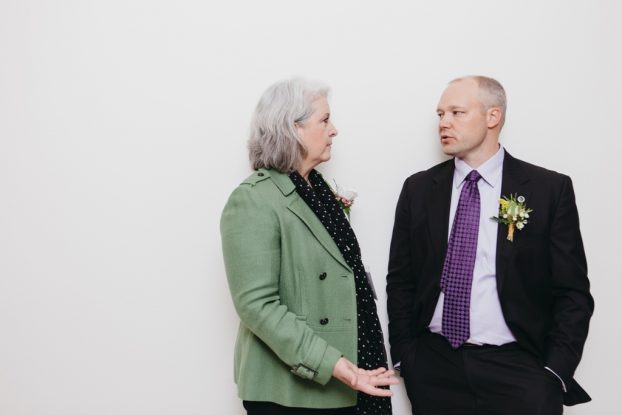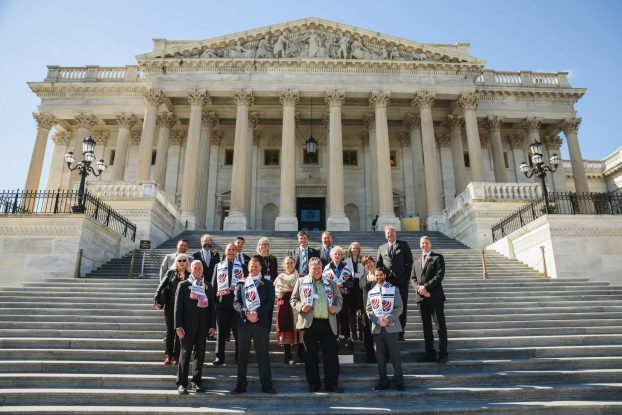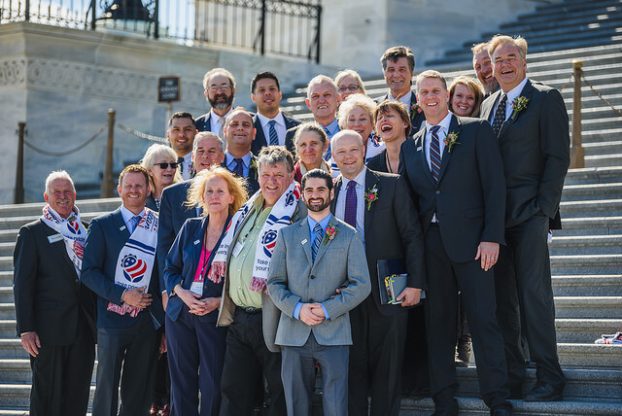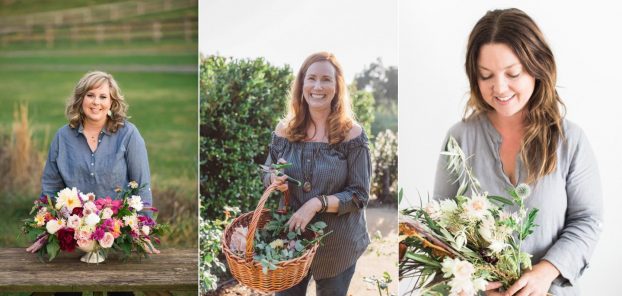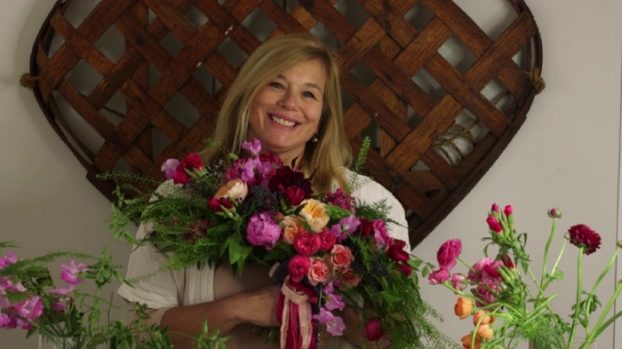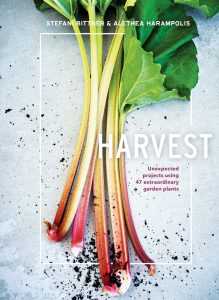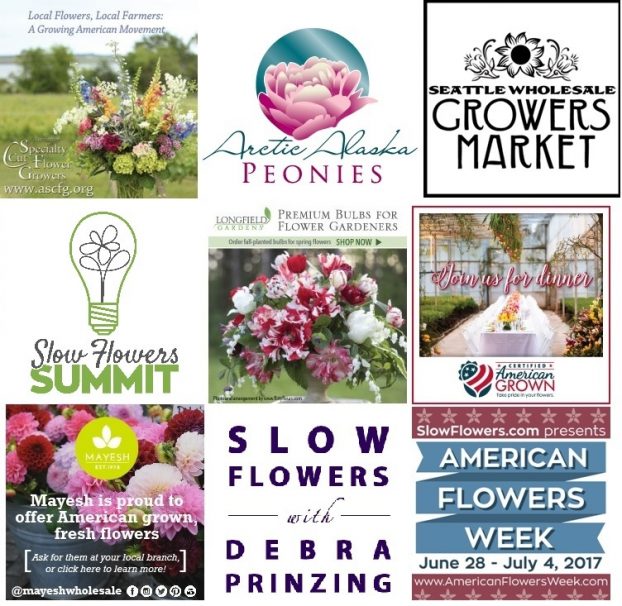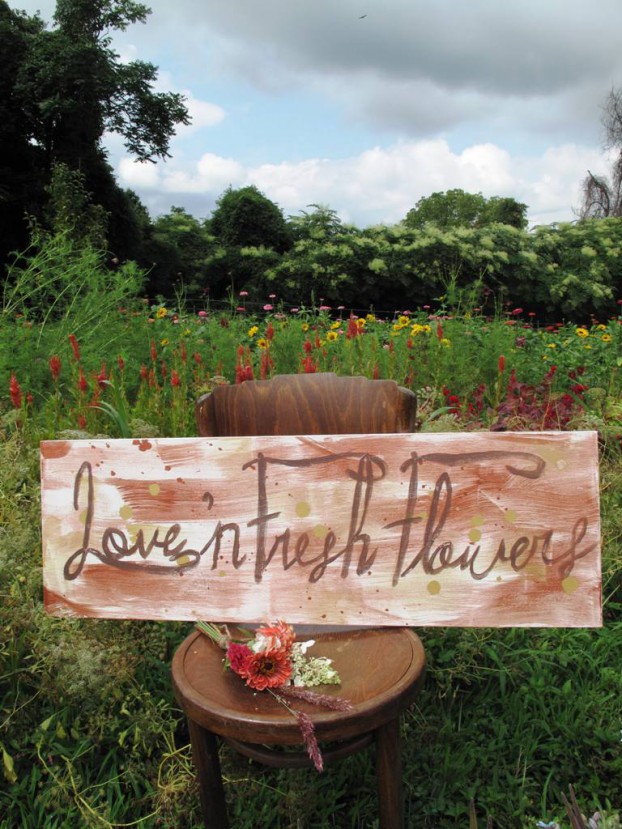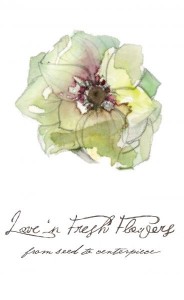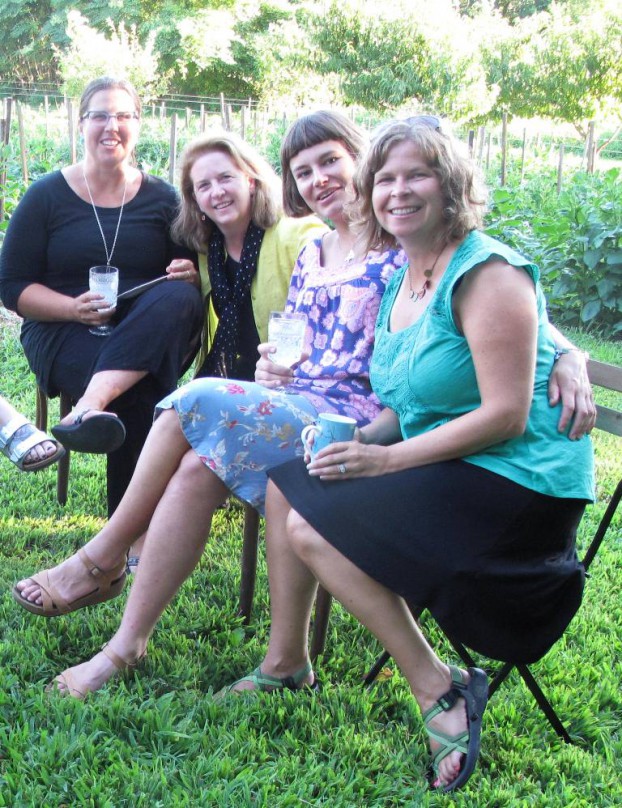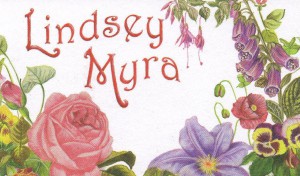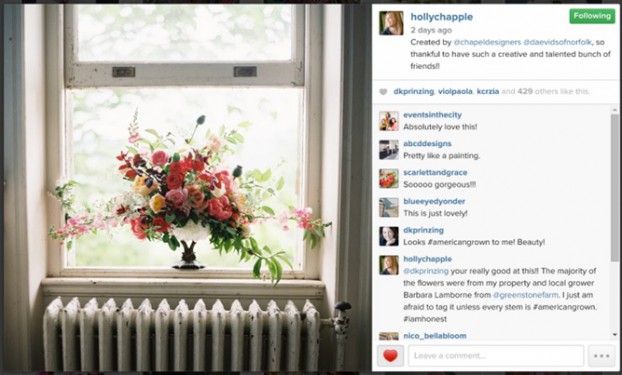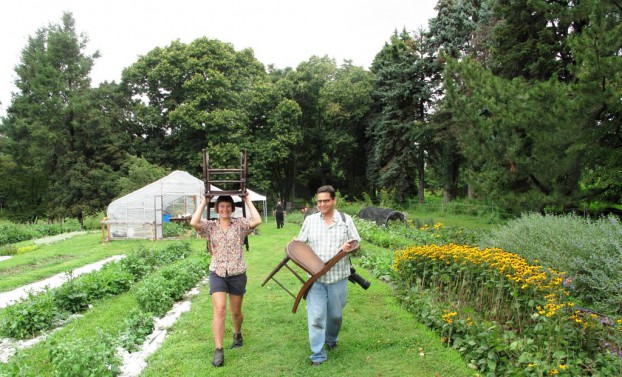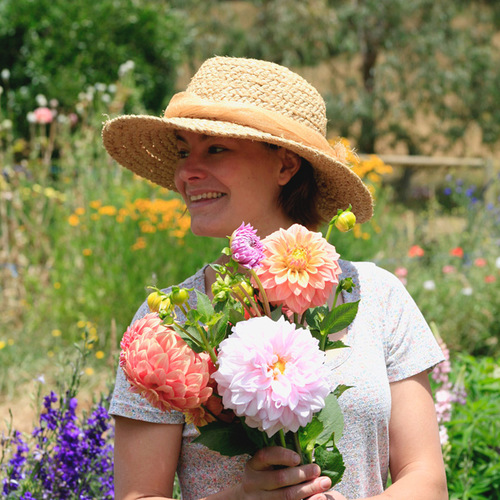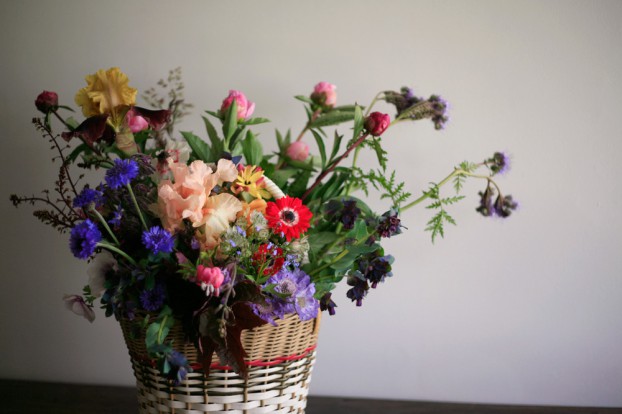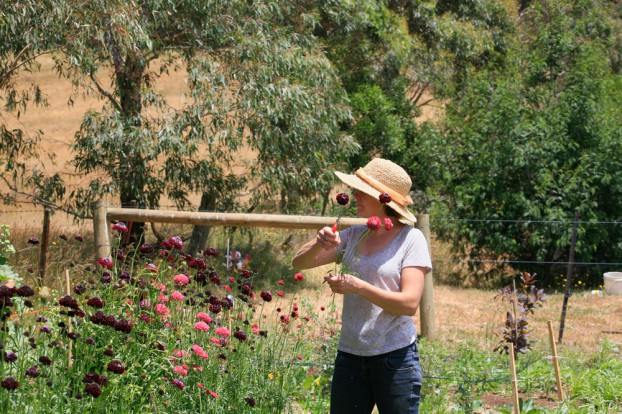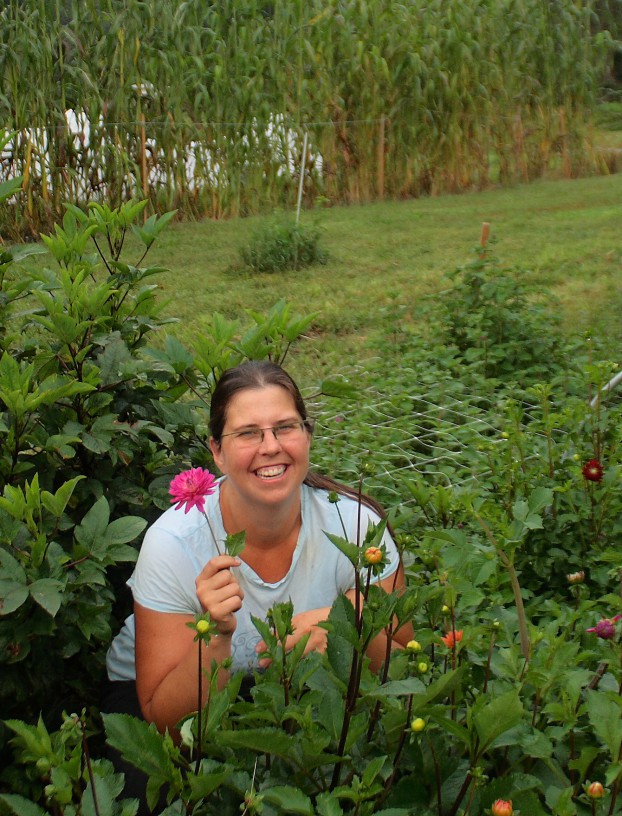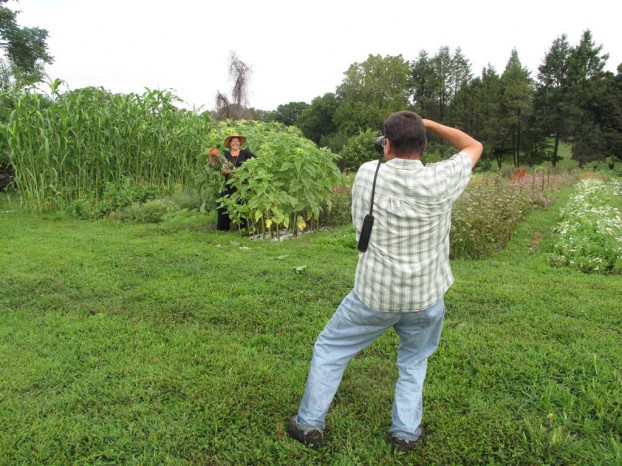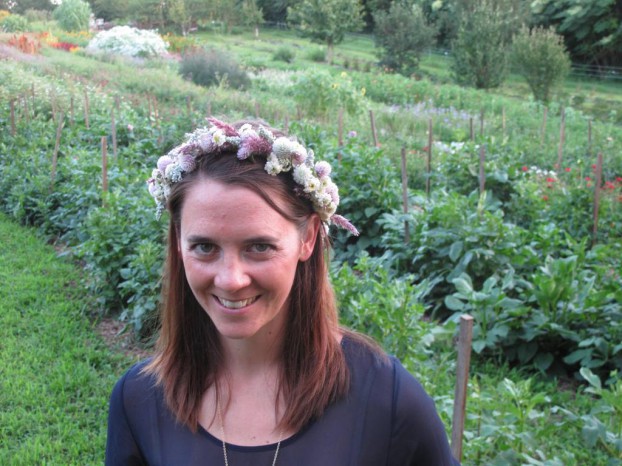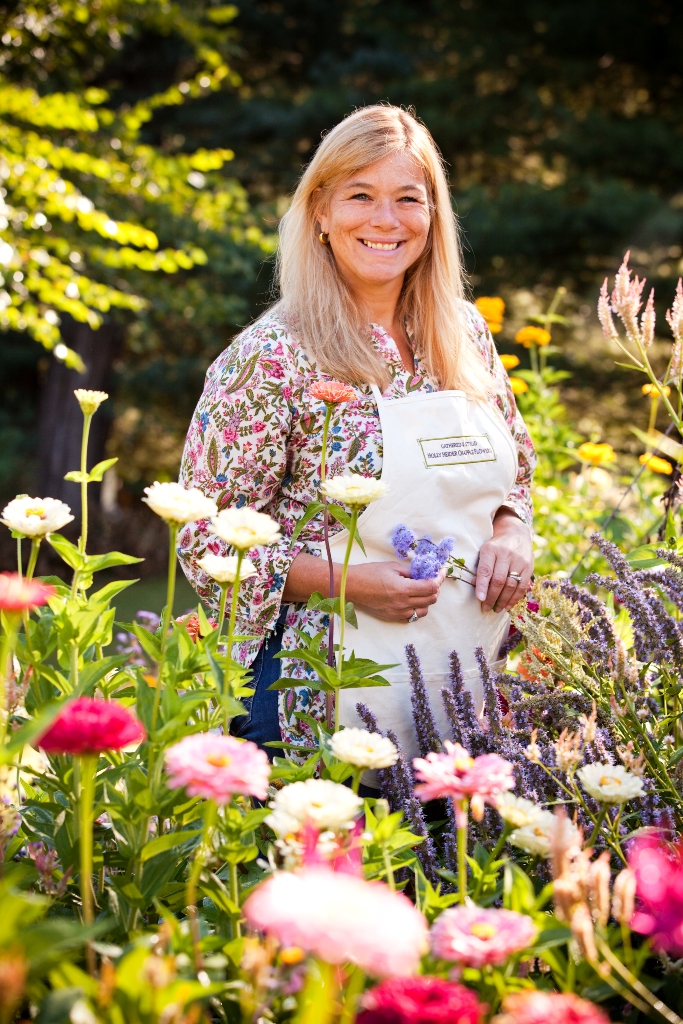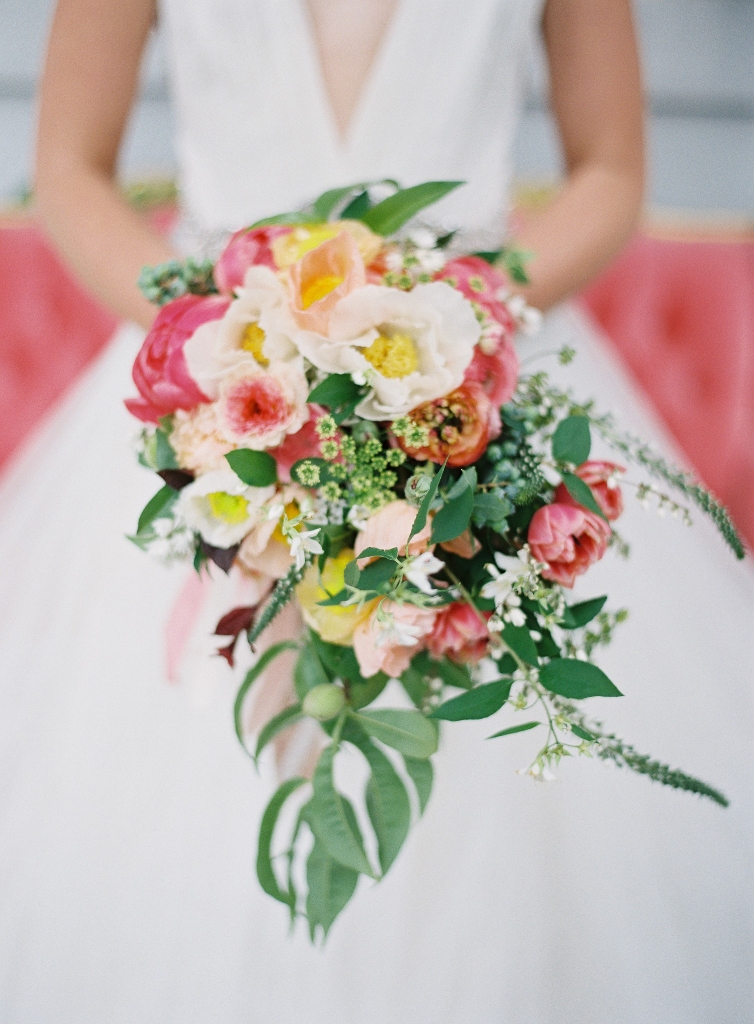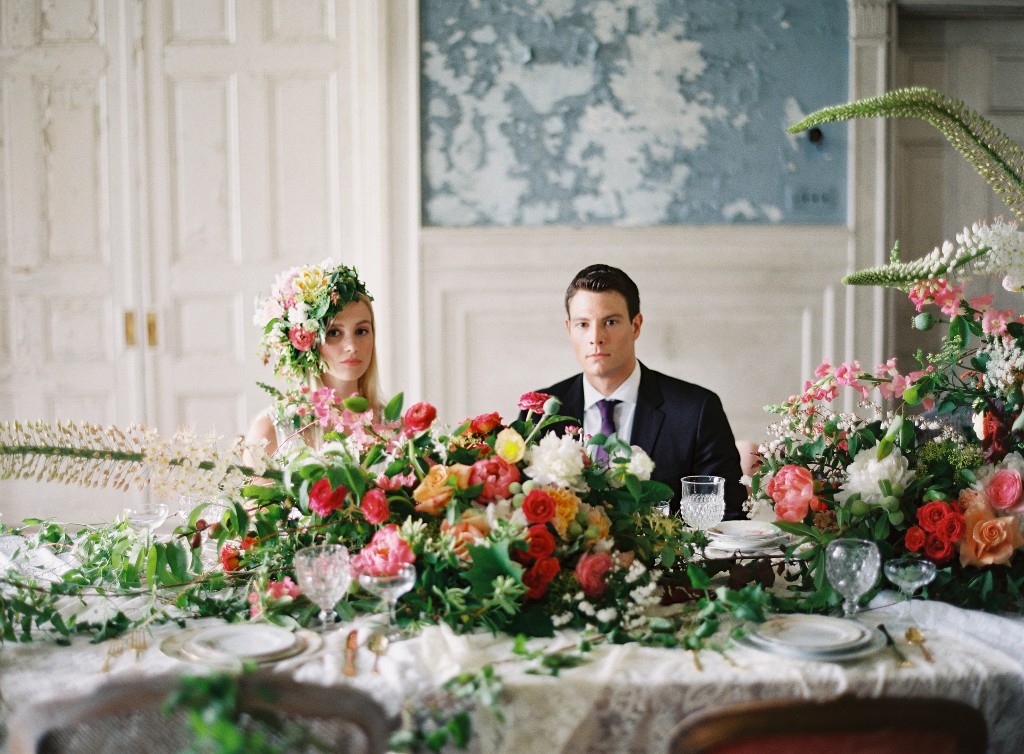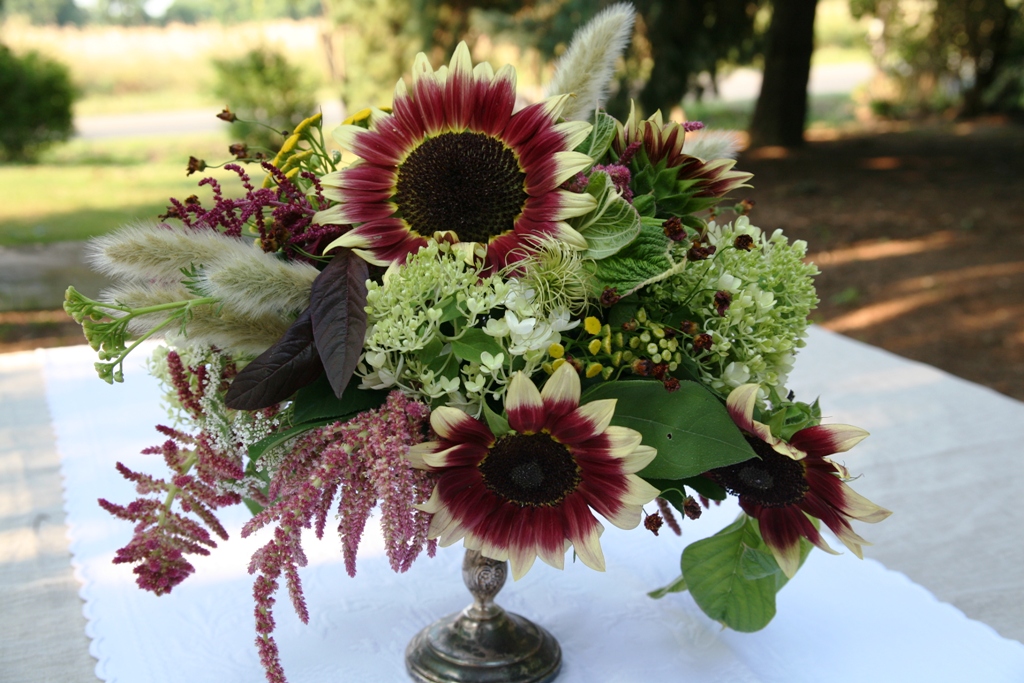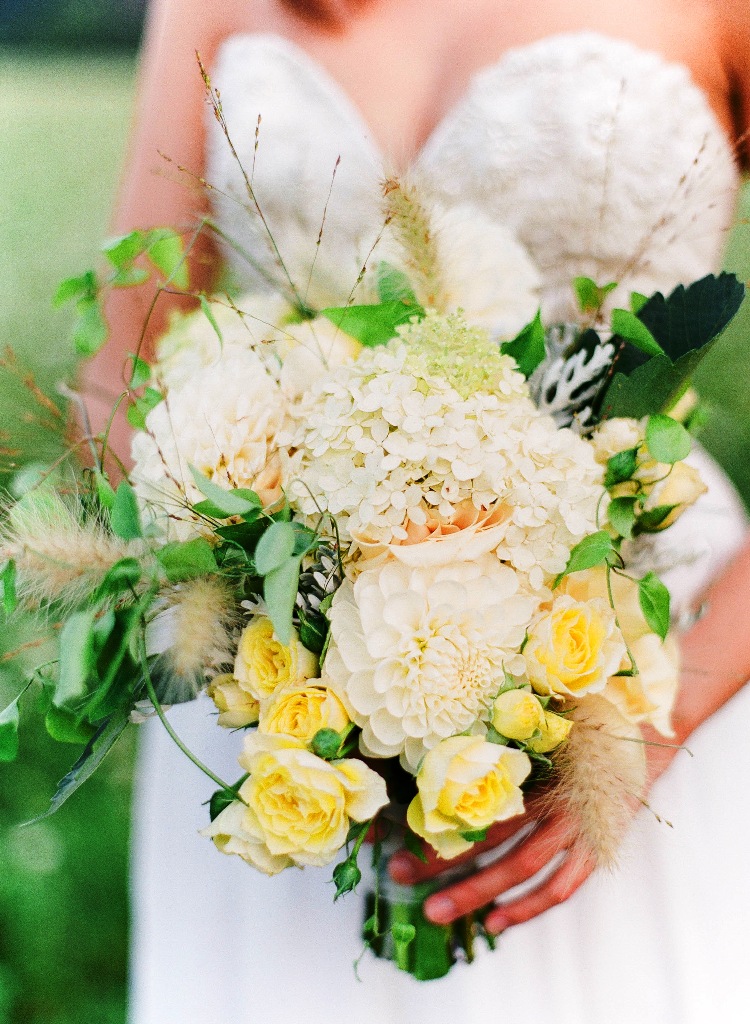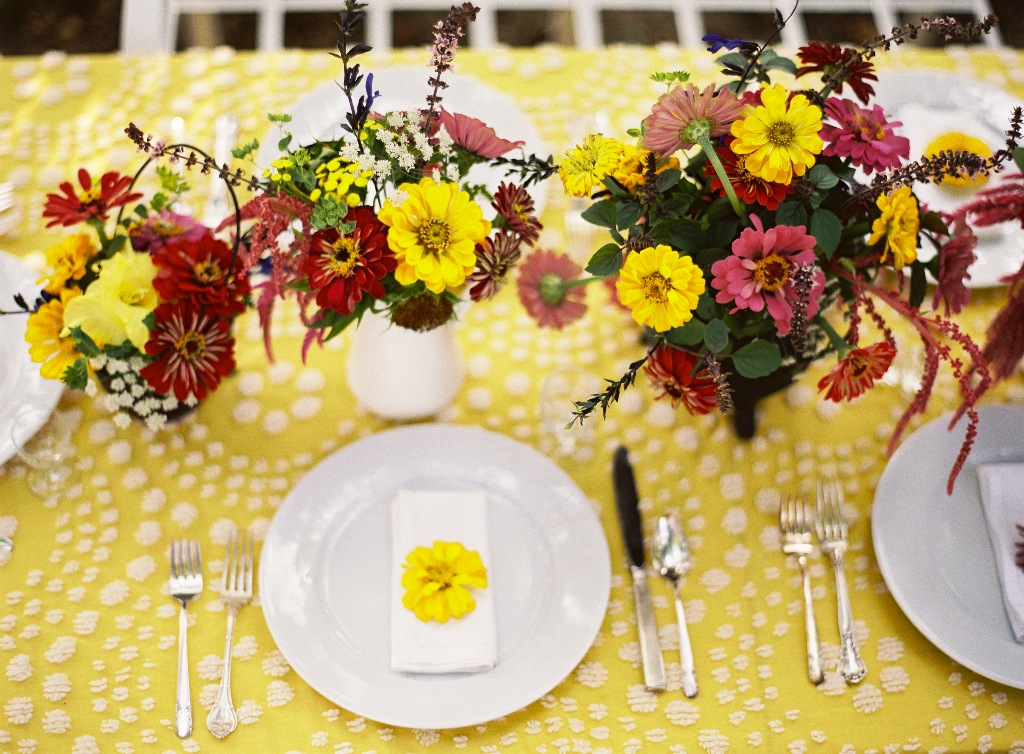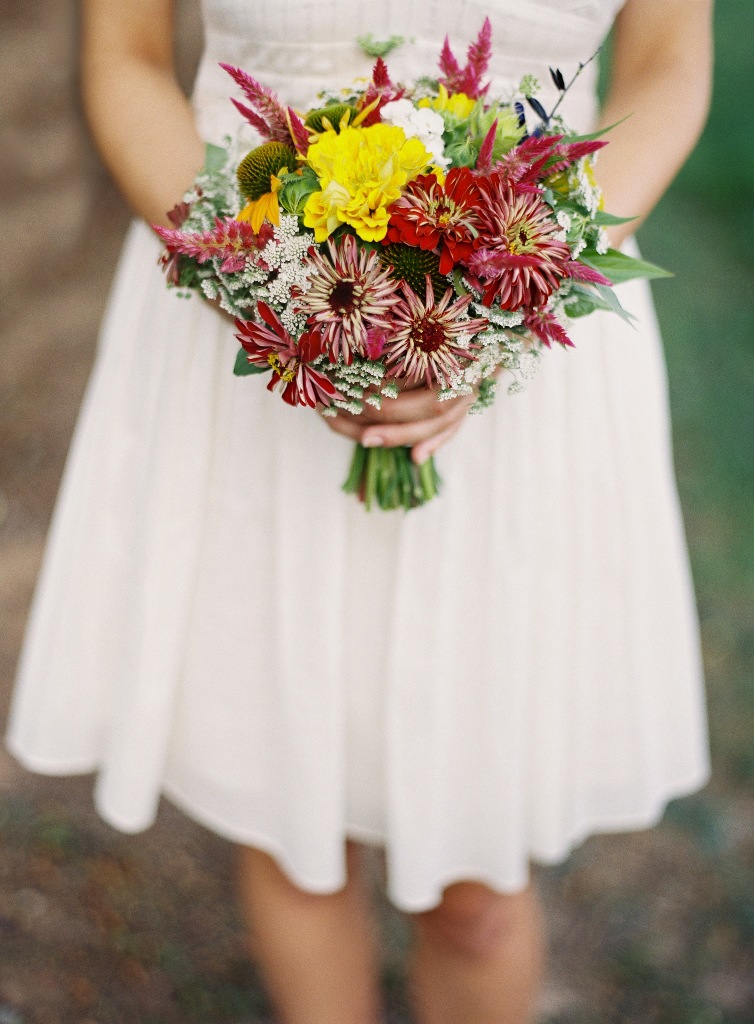Podcast: Play in new window | Download
Subscribe: Apple Podcasts | Podcast Index | RSS | More
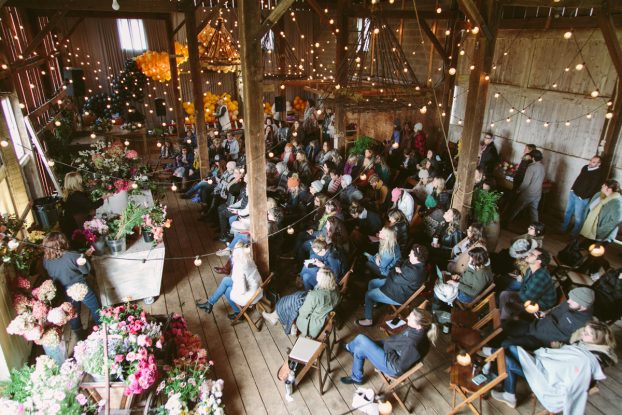
Love this photo, captured by Sarah Collier, of the Flowerstock experience, photographed during one of Holly’s presentations.
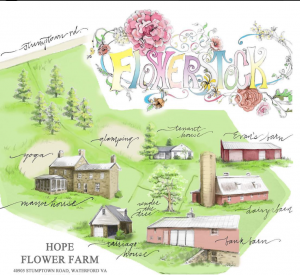 Last week, Holly Heider Chapple welcomed designers and flower lovers from near and far to Flowerstock at HOPE Flower Farm.
Last week, Holly Heider Chapple welcomed designers and flower lovers from near and far to Flowerstock at HOPE Flower Farm.
Floral professionals and members of the floral community gathered for two days of demonstrations and talks by renowned floral designers, including Holly, Steve Moore of Sinclair & Moore, Nancy Teasley of Oak & the Owl and Alicia and Adam Rico of Bows & Arrows.
It was an honor to join Holly at Flowerstock for the second time as a a teacher.
I led a number of creative writing exercises for attendees, guiding floral creatives through various modules of describing flowers, color and memories in a new way.
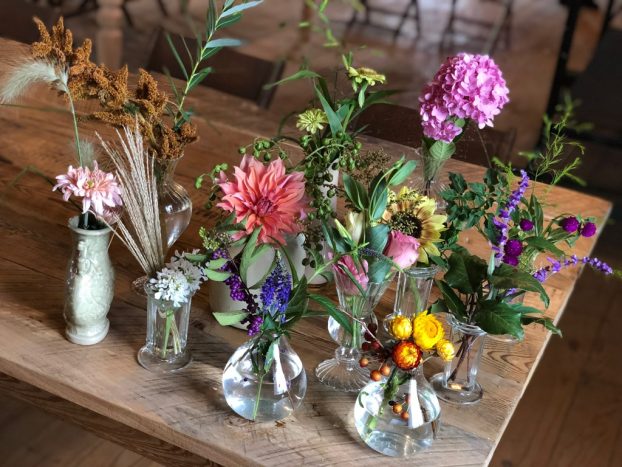
These bud vases, arranged and photographed by Andrea K. Grist, were part of a writing module to describe what we see.
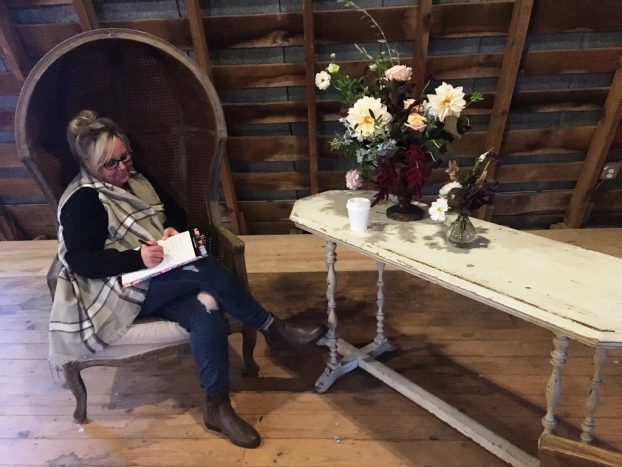
There were many quiet corners for writing, upstairs in the Dairy Barn, which is where I found Kelly Shore with pen, paper and flowers!
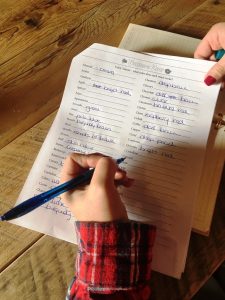
Color word-play is an important part of the Creative Writing Process, too, richly expanding our language.
The personal floral narrative is powerful.
We heard this idea many times from my fellow presenters and the timing was perfect for those who brought pens, paper, their open minds and a little vulnerability to the process.
We gathered upstairs in one of the barns, where there was a creative space for writing, photography and floral design. Thank you to all who participated.
I’m eager to read more of your writing!
Before I departed Flowerstock to return to Seattle, I asked Holly if we could sit down for the Slow Flowers Podcast to record an update from her and she agreed.
It was nice to sneak away to the Tenant House, where many of the speakers stayed, and sit in a comfy corner to speak uninterrupted.
We didn’t watch the clock, so this is a longish episode. We’ll forgive you if you listen in smaller units of time.
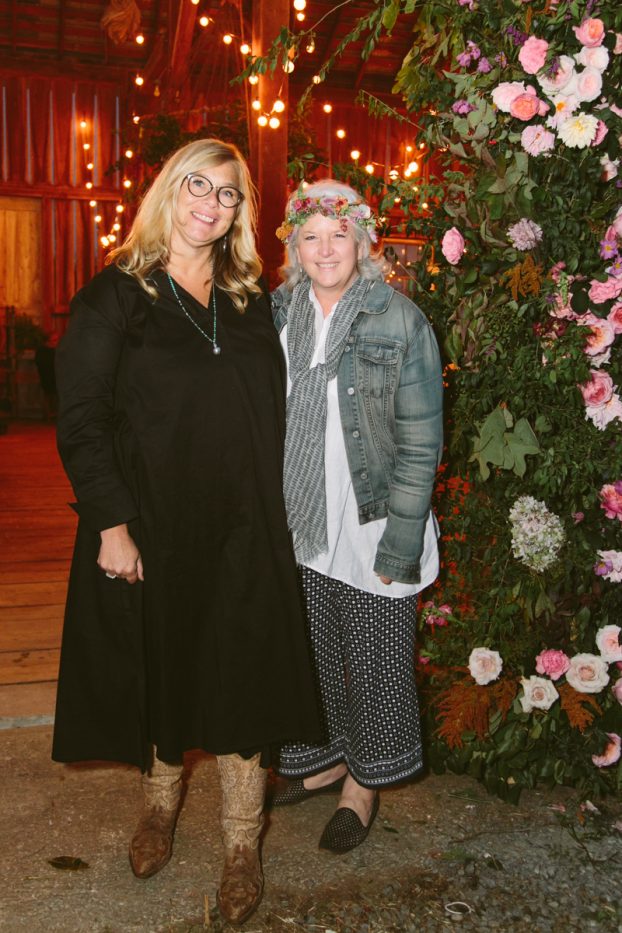
Sarah Collier captured this party photo of Holly and me, just prior to the final evening’s dinner. What a fun memento!
The first half of this episode focuses on Flowerstock and you can feel our emotions and joy while listening to Holly and I share highlights with one another.
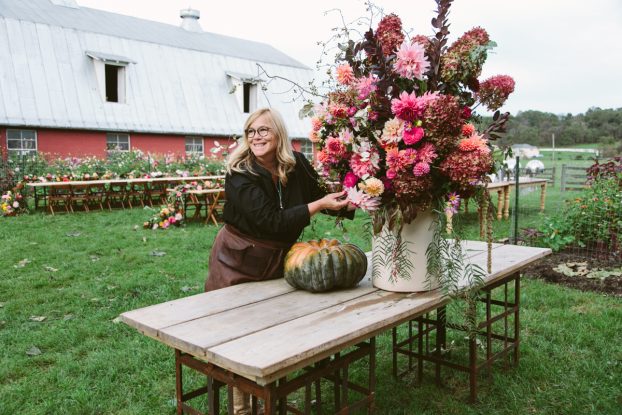
This is the massive arrangement that Holly created at Flowerstock using the new extra-large Holly Pillow, a foam-free mechanic that she designed in conjunction with Syndicate Sales. (c) Sarah Collier
Then, during the second half of this episode, I ask Holly to update me on all that’s has happened in the past year with her new product line created in partnership with Syndicate Sales.
If you’ve missed the news, you’ll enjoy hearing the “backstory” of the Holly Egg and the Holly Pillow, new mechanics that allow efficiency, eliminate the use of foam, and (in Holly’s opinion) lend themselves to higher productivity during the design and production of weddings and events. Click here to learn more about this new product line, called the Holly Heider Chapple Collection by Syndicate Sales.
What a whirlwind of topics and stories ~ thanks for joining us. You can hear my original interview on the Slow Flowers Podcast with Holly, which we mentioned while reminiscing. It was Episode 123, which aired Jan 9, 2014. Wow, has so much happened for both Holly and me in the ensuing years as we’ve both promoting progressive practices in floral design and flower farming — in our own ways.
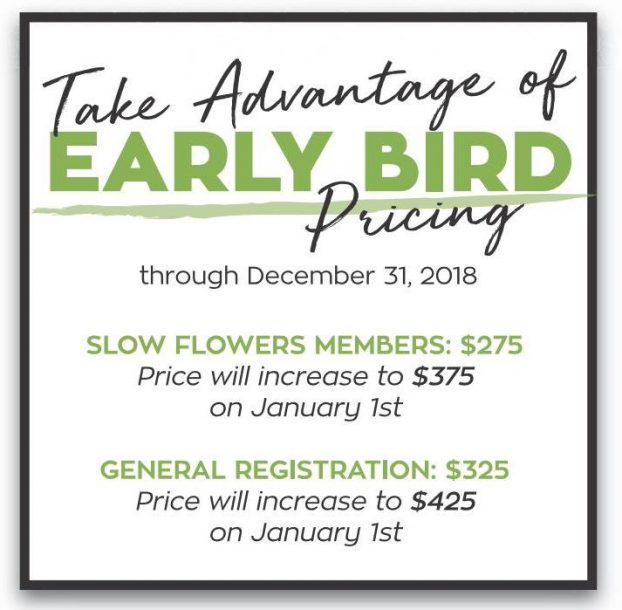 I want to encourage you to visit the Slow Flowers Summit site to learn more about the amazing program, people and flowers you’ll engage with next summer.
I want to encourage you to visit the Slow Flowers Summit site to learn more about the amazing program, people and flowers you’ll engage with next summer.
It’s not too early to save the date and secure your seat!
Slow Flowers members receive special discount pricing and everyone receives $100 off with the Early Bird rate, on sale now!
Please come back next week where you’ll hear another amazing episode featuring the leading voices in our Slow Flowers Community.
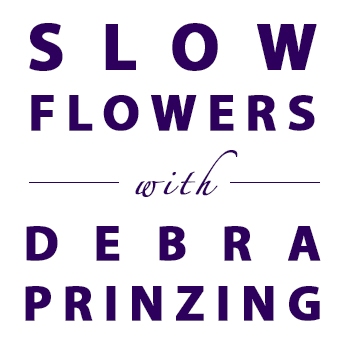 We have a vital and vibrant community of flower farmers and floral designers who together define the Slow Flowers Movement.
We have a vital and vibrant community of flower farmers and floral designers who together define the Slow Flowers Movement.
As our cause gains more supporters and more passionate participants who believe in the importance of the American cut flower industry, the momentum is contagious.
I know you feel it, too. I value your support and invite you to show your thanks and with a donation to support my ongoing advocacy, education and outreach activities.
You can find the donate button in the column to the right.
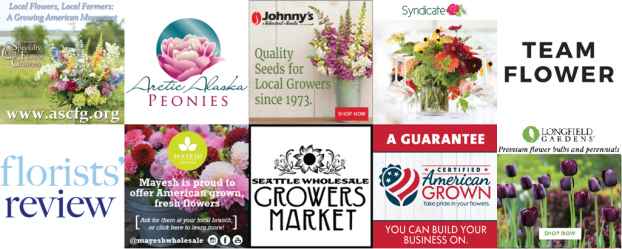 The Slow Flowers Podcast has been downloaded more than 372,000 times by listeners like you. Thank you for listening, commenting and sharing – it means so much.
The Slow Flowers Podcast has been downloaded more than 372,000 times by listeners like you. Thank you for listening, commenting and sharing – it means so much.
Thank you to our Podcast Sponsors, including our lead sponsor for 2018, Florists’ Review magazine. I’m delighted to serve as Contributing Editor for Slow Flowers Journal, found in the pages of Florists’ Review. It’s the leading trade magazine in the floral industry and the only independent periodical for the retail, wholesale and supplier market.
Arctic Alaska Peonies, a cooperative of passionate family farms in the heart of Alaska providing bigger, better peony flowers during the months of July and August. Visit them today at arcticalaskapeonies.com
Seattle Wholesale Growers Market, a farmer-owned cooperative committed to providing the very best the Pacific Northwest has to offer in cut flowers, foliage and plants. The Growers Market’s mission is to foster a vibrant marketplace that sustains local flower farms and provides top-quality products and service to the local floral industry. Find them at seattlewholesalegrowersmarket.com
Longfield Gardens provides home gardeners with high quality flower bulbs and perennials. Their online store offers plants for every region and every season, from tulips and daffodils to dahlias, caladiums and amaryllis. Visit them at longfield-gardens.com.
Syndicate Sales, an American manufacturer of vases and accessories for the professional florist. Look for the American Flag Icon to find Syndicate’s USA-made products and join the Syndicate Stars loyalty program at syndicatesales.com.
Johnny’s Selected Seeds, an employee-owned company that provides our industry the best flower, herb and vegetable seeds — supplied to farms large and small and even backyard cutting gardens like mine. Check them out at johnnysseeds.com.
Association of Specialty Cut Flower Growers. Formed in 1988, ASCFG was created to educate, unite, and support commercial cut flower growers. It mission is to help growers produce high-quality floral material, and to foster and promote the local availability of that product. Learn more at ascfg.org
Mayesh Wholesale Florist. Family-owned since 1978, Mayesh is the premier wedding and event supplier in the U.S. and we’re thrilled to partner with Mayesh to promote local and domestic flowers, which they source from farms large and small around the U.S. Learn more at mayesh.com.
Certified American Grown Flowers. The Certified American-Grown program and label provide a guarantee for designers and consumers on the source of their flowers. Take pride in your flowers and buy with confidence, ask for Certified American Grown Flowers. To learn more visit americangrownflowers.org.
And the Team Flower Conference – a professional floral event where flower lovers from all over the world gather for networking, learning, and celebration. It’s a special time for the floral industry to come together and whether you’re a farmer, designer, wholesaler, or just love flowers, you’re invited to attend as Team Flowers dreams big for the industry’s future. Head to teamflower.org/slowflowers to learn more about the 2019 conference in Waco, Texas!
I’m Debra Prinzing, host and producer of the Slow Flowers Podcast.
Next week, you’re invited to join me in putting more American grown flowers on the table, one vase at a time. And If you like what you hear, please consider logging onto iTunes and posting a listener review.
The content and opinions expressed here are either mine alone or those of my guests alone, independent of any podcast sponsor or other person, company or organization.
The Slow Flowers Podcast is engineered and edited by Andrew Brenlan. Learn more about his work at soundbodymovement.com.









